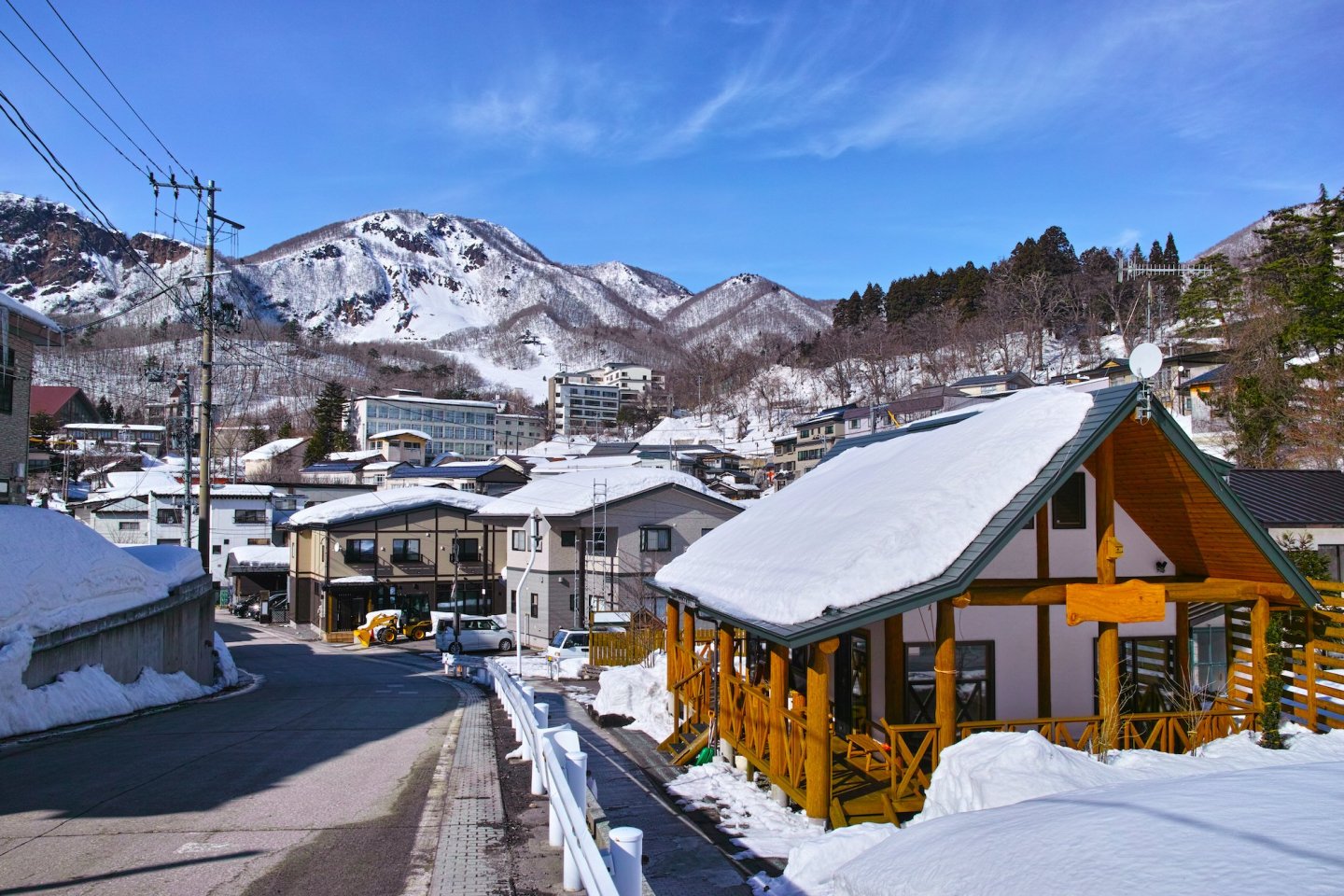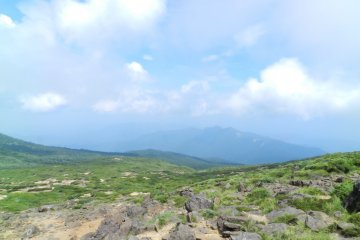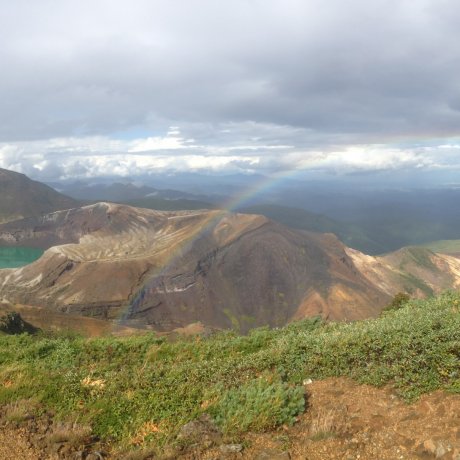

Zao Onsen
Enjoy a relaxing bath at a historic onsen
Things to do in Zao Onsen



Upcoming Zao Onsen Events

Zao Snow Monster Festival 2025-2026
Every winter, Mount Zao in Yamagata Prefecture becomes overrun with hordes of “snow monsters.” This natural spectacle is calle..
Places to stay in Zao Onsen
 9
9
Walking around Zao Onsen Town
Jerome LeeZao Onsen town is located in Yamagata Prefecture, and JR East Pass holders are able to get there from Tokyo station via a 2.5 hour..

Koyo Ryokan in Kaminoyama
Alena EckelmannKoyo Ryokan in Kaminoyama Onsen near Yamagata City and near the Zao mountains is ranking amongst the best ryokan in Japan. The Ogami..

Zao Shiko Hotel in Zao Onsen
Alena EckelmannZao Shiko Hotel. onsen and ski slopes nearby. Excellent service by English-speaking staff
Latest Zao Onsen Reports
 24
24
The Snow Monsters of Zao
Radica SooknarineThe Snow Monsters of Zao are a major wintertime tourist attraction in Yamagata Prefecture.
 6
6
Majestic Mountains in Tohoku
Takako SakamotoTwo majestic mountain ranges and a crater lake that changes color inTohoku: the Zao Mountains and the Azuma Mountains. Drive scenic..

Zao Onsen in Winter
Alena EckelmannZao Onsen is a winter sports and an onsen paradise. Zao's Snow Monsters are a top attraction.



















